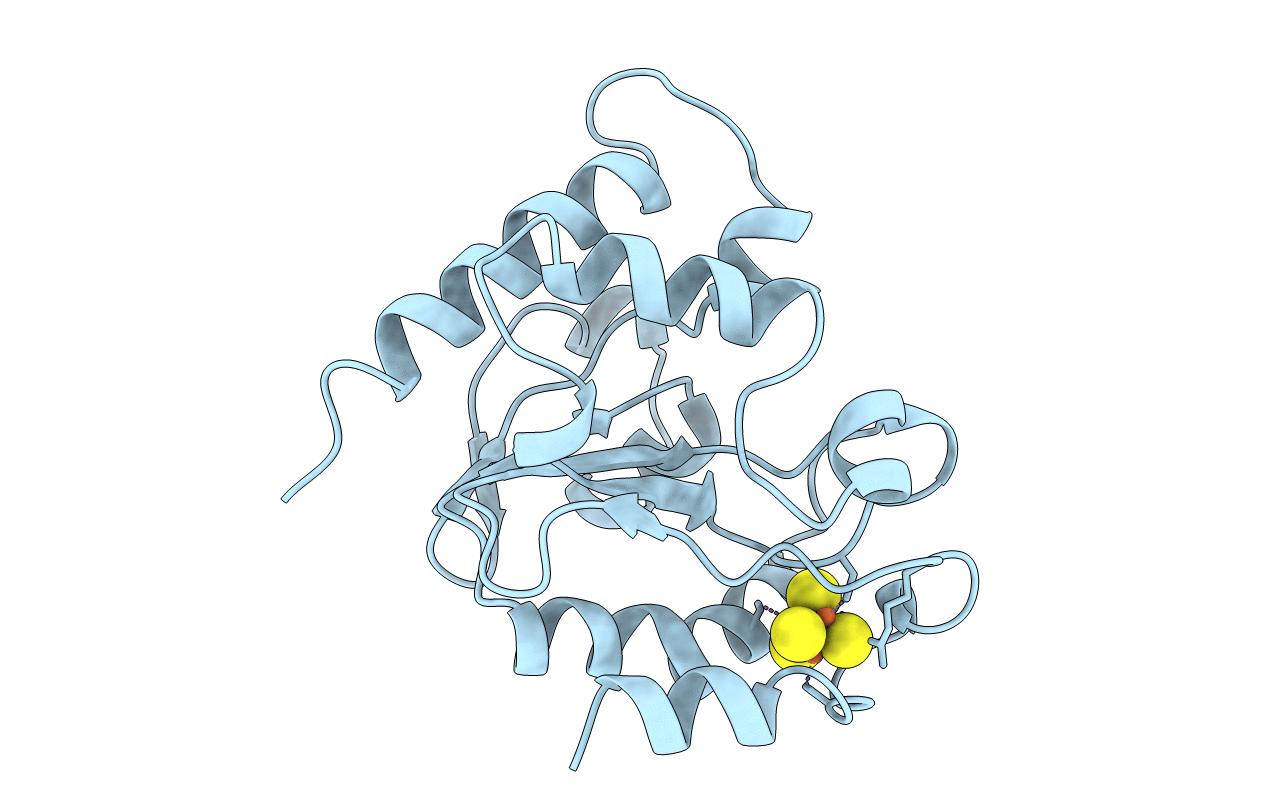
Deposition Date
2003-07-14
Release Date
2003-10-14
Last Version Date
2024-10-16
Entry Detail
PDB ID:
1UI1
Keywords:
Title:
Crystal Structure Of Uracil-DNA Glycosylase From Thermus Thermophilus HB8
Biological Source:
Source Organism:
Thermus thermophilus (Taxon ID: 274)
Host Organism:
Method Details:
Experimental Method:
Resolution:
2.80 Å
R-Value Free:
0.27
R-Value Work:
0.21
R-Value Observed:
0.21
Space Group:
P 21 21 21


